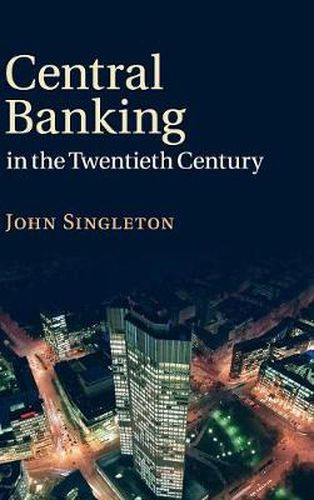Readings Newsletter
Become a Readings Member to make your shopping experience even easier.
Sign in or sign up for free!
You’re not far away from qualifying for FREE standard shipping within Australia
You’ve qualified for FREE standard shipping within Australia
The cart is loading…






Central banks are powerful but poorly understood organisations. In 1900 the Bank of Japan was the only central bank to exist outside Europe but over the past century central banking has proliferated. John Singleton here explains how central banks and the profession of central banking have evolved and spread across the globe during this period. He shows that the central banking world has experienced two revolutions in thinking and practice, the first after the depression of the early 1930s, and the second in response to the high inflation of the 1970s and 1980s. In addition, the central banking profession has changed radically. In 1900 the professional central banker was a specialised type of banker, whereas today he or she must also be a sophisticated economist and a public official. Understanding these changes is essential to explaining the role of central banks during the recent global financial crisis.
$9.00 standard shipping within Australia
FREE standard shipping within Australia for orders over $100.00
Express & International shipping calculated at checkout
Central banks are powerful but poorly understood organisations. In 1900 the Bank of Japan was the only central bank to exist outside Europe but over the past century central banking has proliferated. John Singleton here explains how central banks and the profession of central banking have evolved and spread across the globe during this period. He shows that the central banking world has experienced two revolutions in thinking and practice, the first after the depression of the early 1930s, and the second in response to the high inflation of the 1970s and 1980s. In addition, the central banking profession has changed radically. In 1900 the professional central banker was a specialised type of banker, whereas today he or she must also be a sophisticated economist and a public official. Understanding these changes is essential to explaining the role of central banks during the recent global financial crisis.